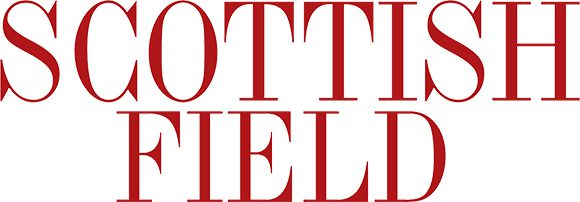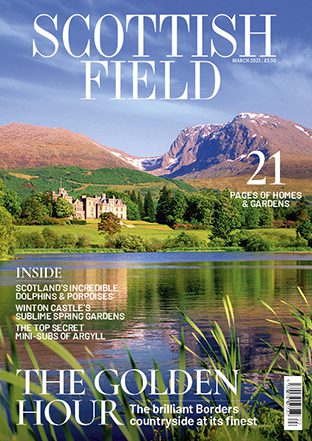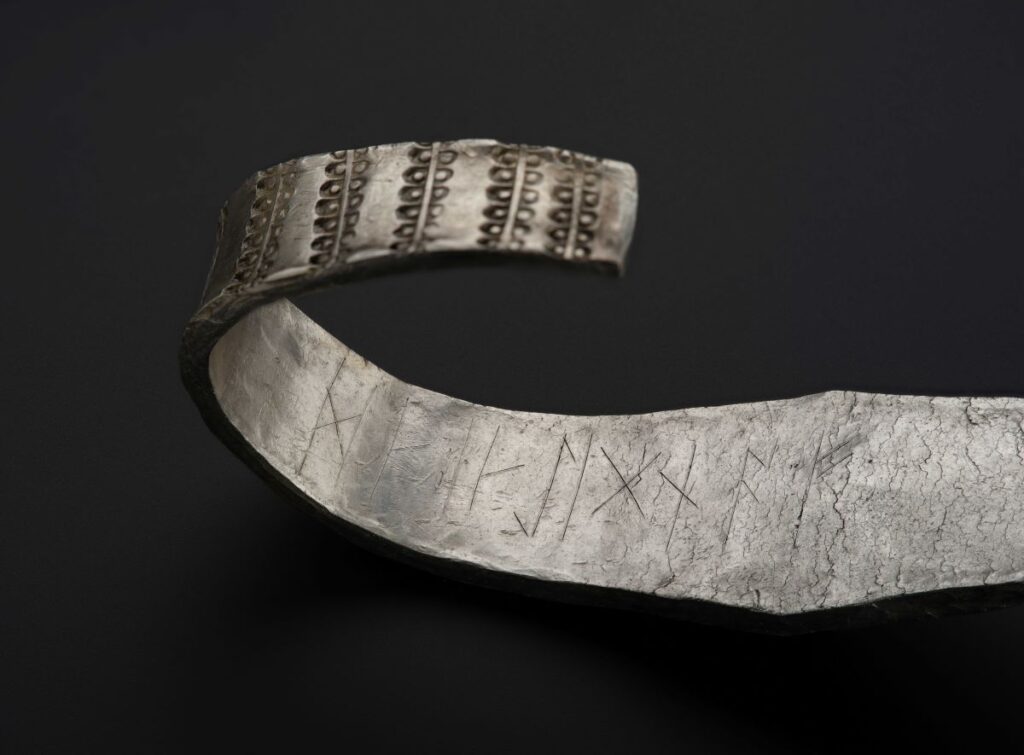
Mystery behind Viking-age treasures of the Galloway Hoard finally uncovered
When the Galloway Hoard was discovered in a ploughed field in Kirkcudbrightshire in 2014, it was the largest collection of Viking-age artifacts ever found in Britain or Ireland.
But since then the treasure has been shrouded in the mystery of who it belonged to when it was buried more than 1,000 years ago.
Now, experts at National Museum Scotland say they have finally uncovered who owned the hoard after an inscription on one of the hoard’s four elaborately decorated silver ‘ribbon’ arm rings was deciphered.
Martin Goldberg from NMS said the runic inscription translates to ‘this is the community’s wealth/property’.
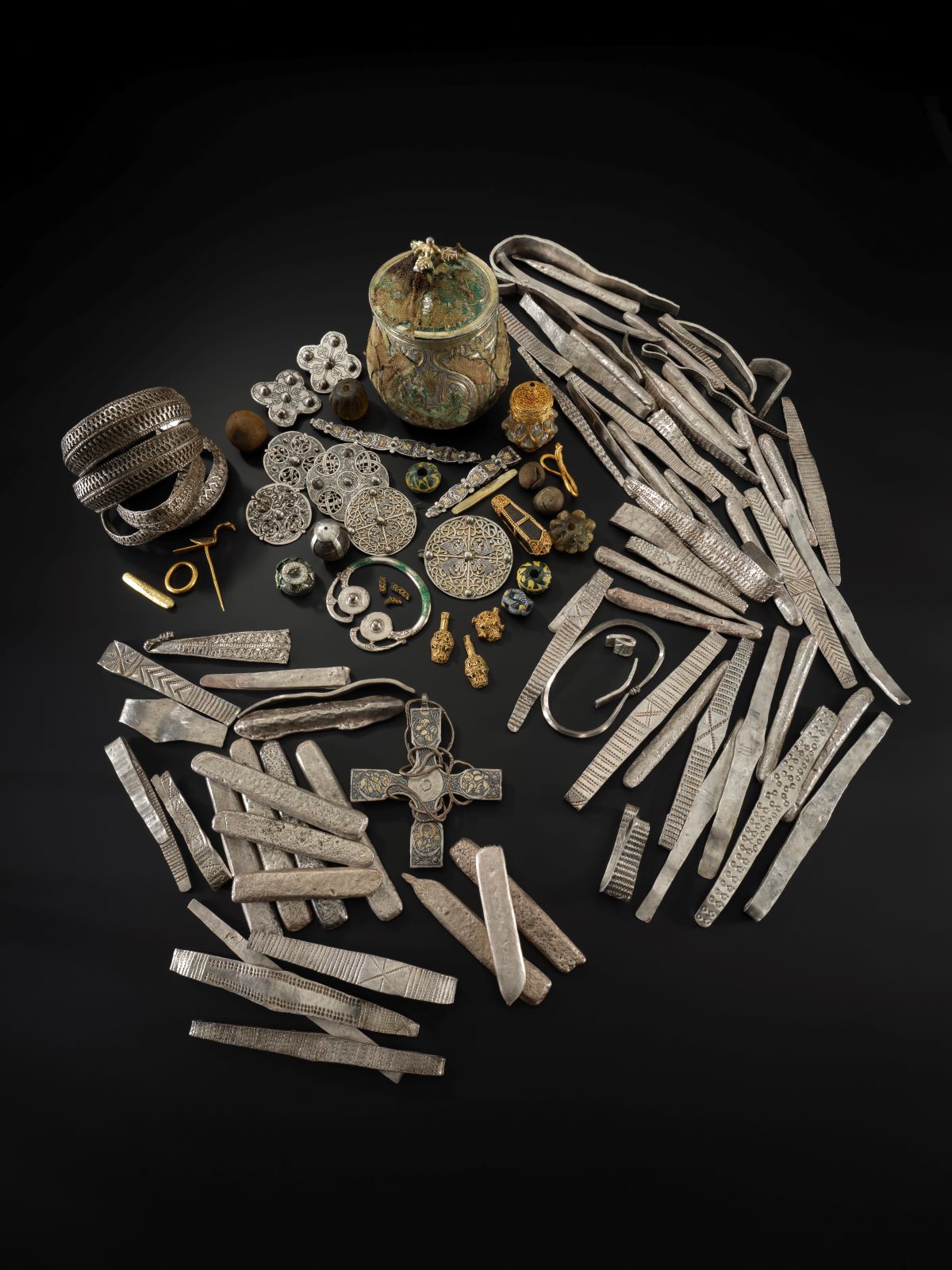
The Galloway Hoard © National Museums Scotland
‘This is another really interesting and significant development in our understanding of the Galloway Hoard,’ Martin said.
‘The idea that the wealth this hoard represents would be communally held is fascinating.
‘It does still leave us with unanswered questions around the circumstances in which a community’s wealth would come to be buried, and also which particular community.
‘Some material within the hoard, such as the pectoral cross and the rock crystal jar made for a Bishop Hyguald, would support this being a religious community.’
Carved inside the curved half of the arm-ring the runes read: DIS IS ЇIGNA ˑFˑ. The main issue was the word ‘ ЇIGNAF’, which did not correspond to any language spoken in early medieval Britain or Ireland.
The discovery that the final rune, F, was marked out with puncts, or dots, to either side, indicating it could be understood as the name of the F-rune itself ‘feoh’ [wealth or property] unlocked the new translation.
‘ЇIGNA’ could then be interpreted as the Old English word ‘higna’ [community] with the first letter spelled in an unusual but comprehensible way.
The first word, ‘DIS’, is thought to be a misspelling of ‘this’, perhaps pronounced ‘D-i-s’, much as it would be in some parts of modern Ireland.
The word ‘higna’ is often used elsewhere in Anglo-Saxon documents to indicate a religious community.
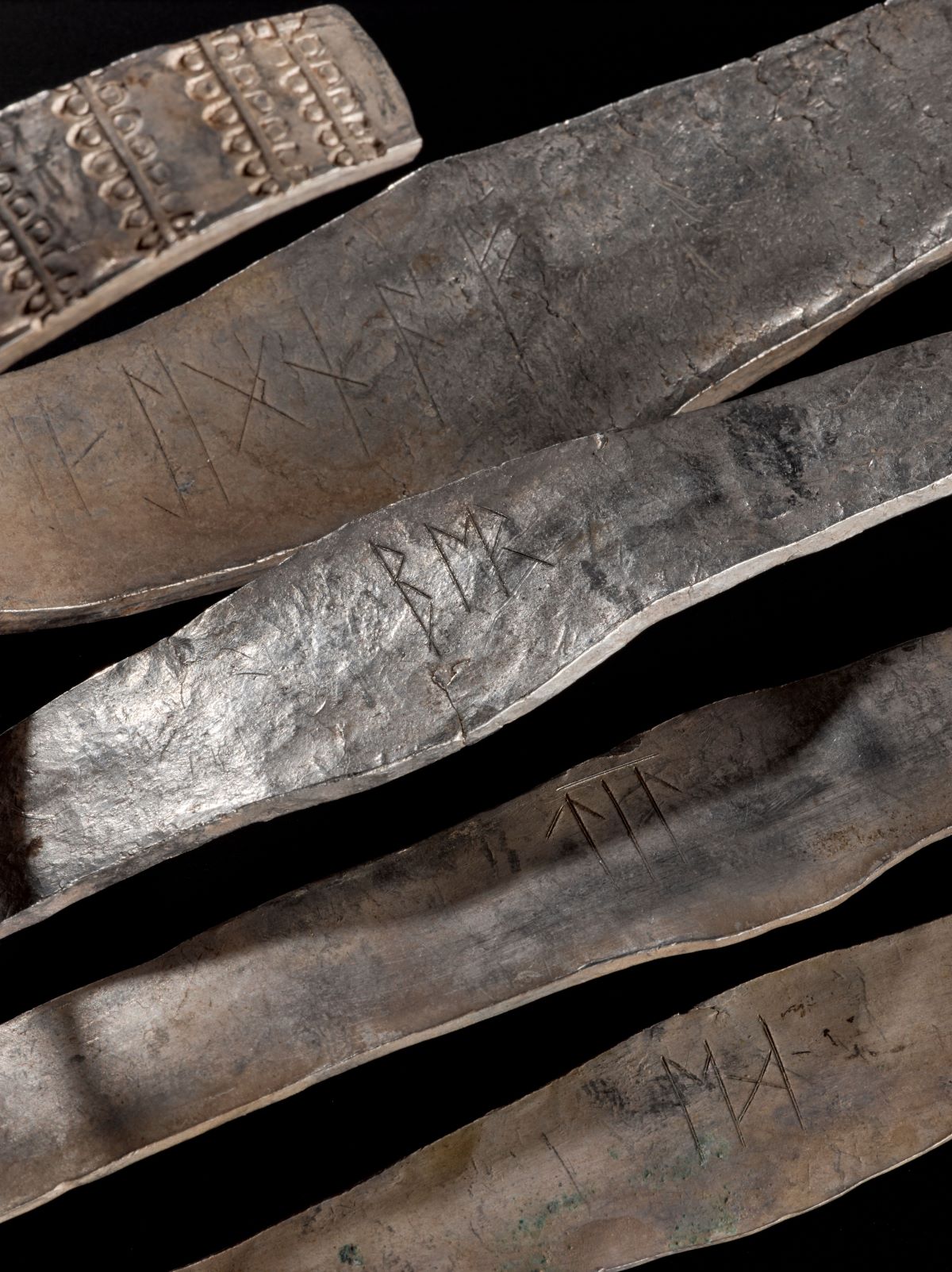
Runic inscriptions on the Galloway Hoard © National Museums Scotland
Dr David Parsons, a leading runologist at the University of Wales, said that the inscription was ‘difficult and unusual.’
‘There are a number of things which are technically ‘wrong’ when we compare it with what we know about ‘correct’ runic writing,’ he said.
‘However, if we think about both spoken and written English today, there are a huge range of regional and idiomatic variations and, if we allow for this, then it becomes possible to accept this as a plausible reading.
‘And in the context of what can deduce about the Galloway Hoard it becomes really quite compelling.’
The discovery had been made just as the treasure had been lent to Adelaide in Australia, its first international tour.
The hoard, one of the most important UK archaeological finds of the century, was buried around AD 900 and unearthed in 2014 by a metal detectorist near Kirkcudbright, Dumfries and Galloway.
It was previously thought to have belonged to various owners, as three of the arm rings are carved with elements of Old English names.
Decoding the secrets of the Galloway Hoard has been a difficult process. Decorations, inscriptions, and other details hidden for over a thousand years have been revealed through careful conservation, painstaking cleaning, and cutting-edge research by a team of experts led by National Museums Scotland.
Many of the objects are types that have never been seen before in Britain and Ireland. Some had travelled thousands of miles to reach Scotland.
Read more Culture stories here.
Subscribe to read the latest issue of Scottish Field.
TAGS
